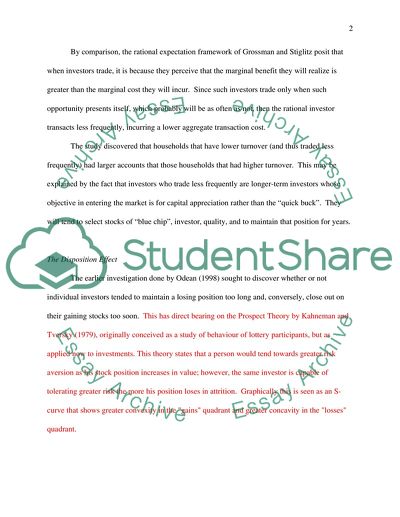Cite this document
(Trading Decisions of Individual Investors: Evidence of Psychological Literature review, n.d.)
Trading Decisions of Individual Investors: Evidence of Psychological Literature review. Retrieved from https://studentshare.org/finance-accounting/1554276-trading-decisions-of-individual-investors-evidence-of-psychological-biases
Trading Decisions of Individual Investors: Evidence of Psychological Literature review. Retrieved from https://studentshare.org/finance-accounting/1554276-trading-decisions-of-individual-investors-evidence-of-psychological-biases
(Trading Decisions of Individual Investors: Evidence of Psychological Literature Review)
Trading Decisions of Individual Investors: Evidence of Psychological Literature Review. https://studentshare.org/finance-accounting/1554276-trading-decisions-of-individual-investors-evidence-of-psychological-biases.
Trading Decisions of Individual Investors: Evidence of Psychological Literature Review. https://studentshare.org/finance-accounting/1554276-trading-decisions-of-individual-investors-evidence-of-psychological-biases.
“Trading Decisions of Individual Investors: Evidence of Psychological Literature Review”. https://studentshare.org/finance-accounting/1554276-trading-decisions-of-individual-investors-evidence-of-psychological-biases.


